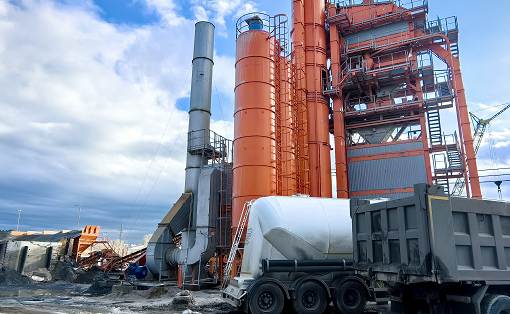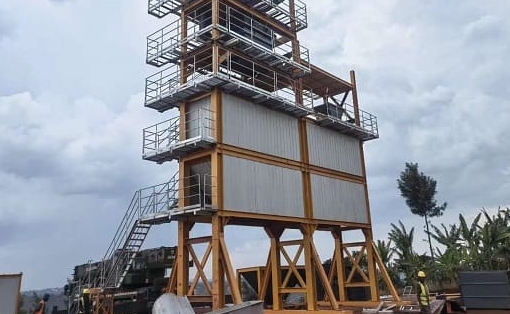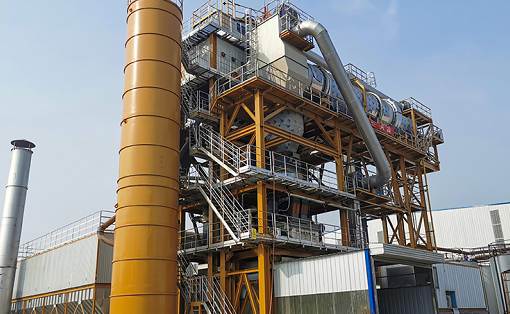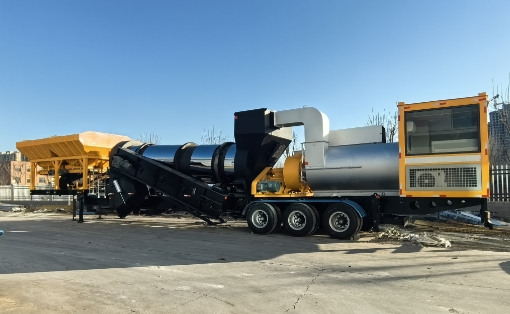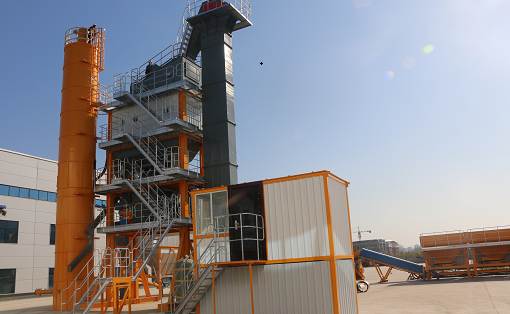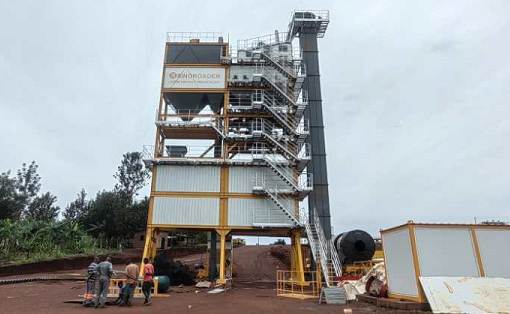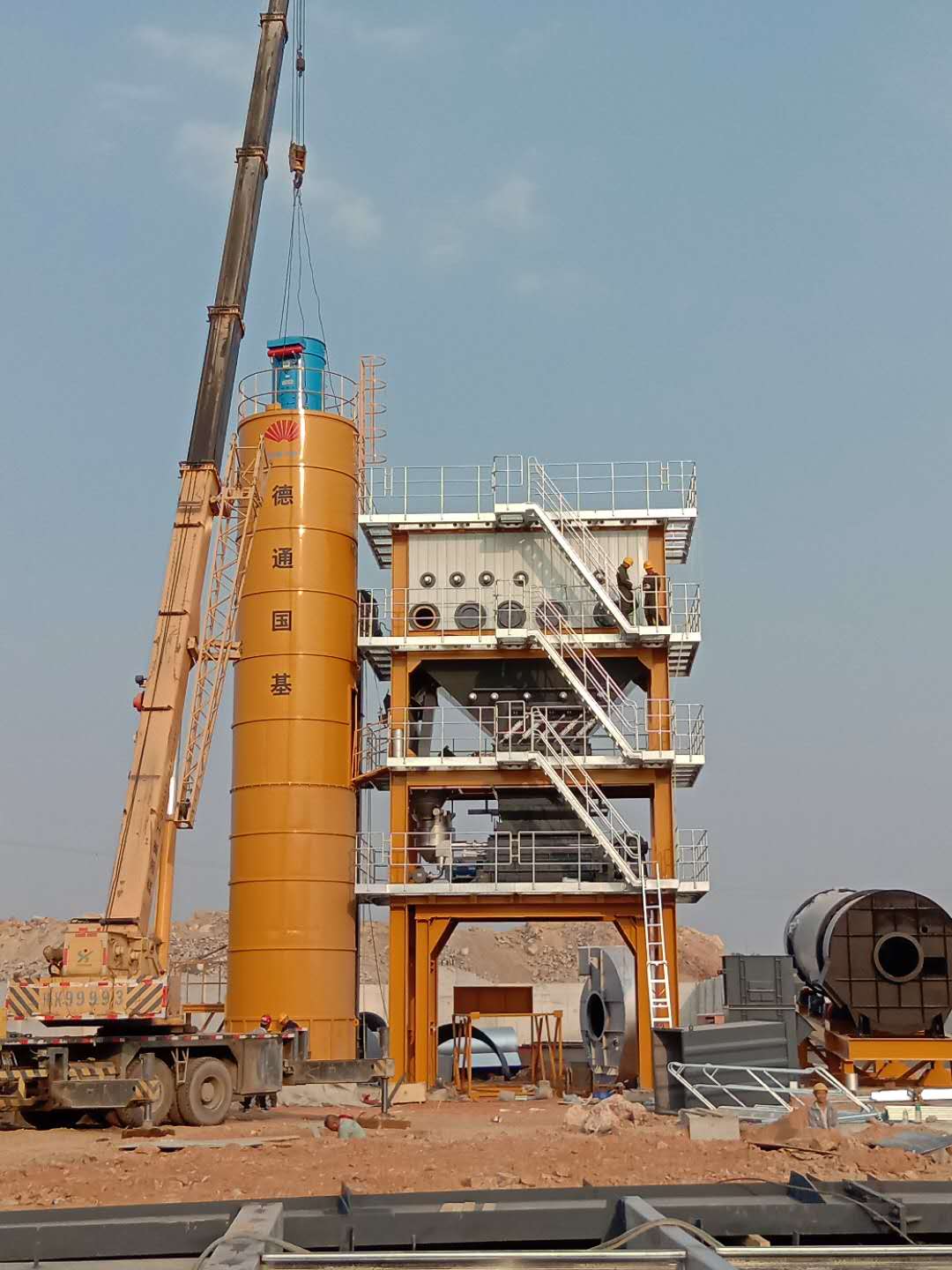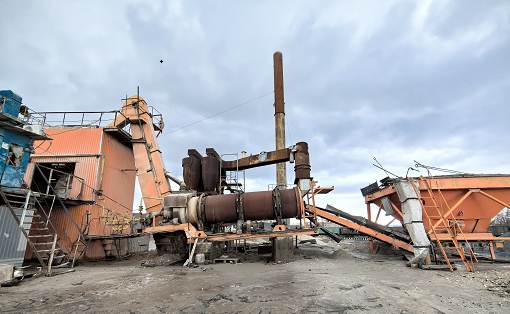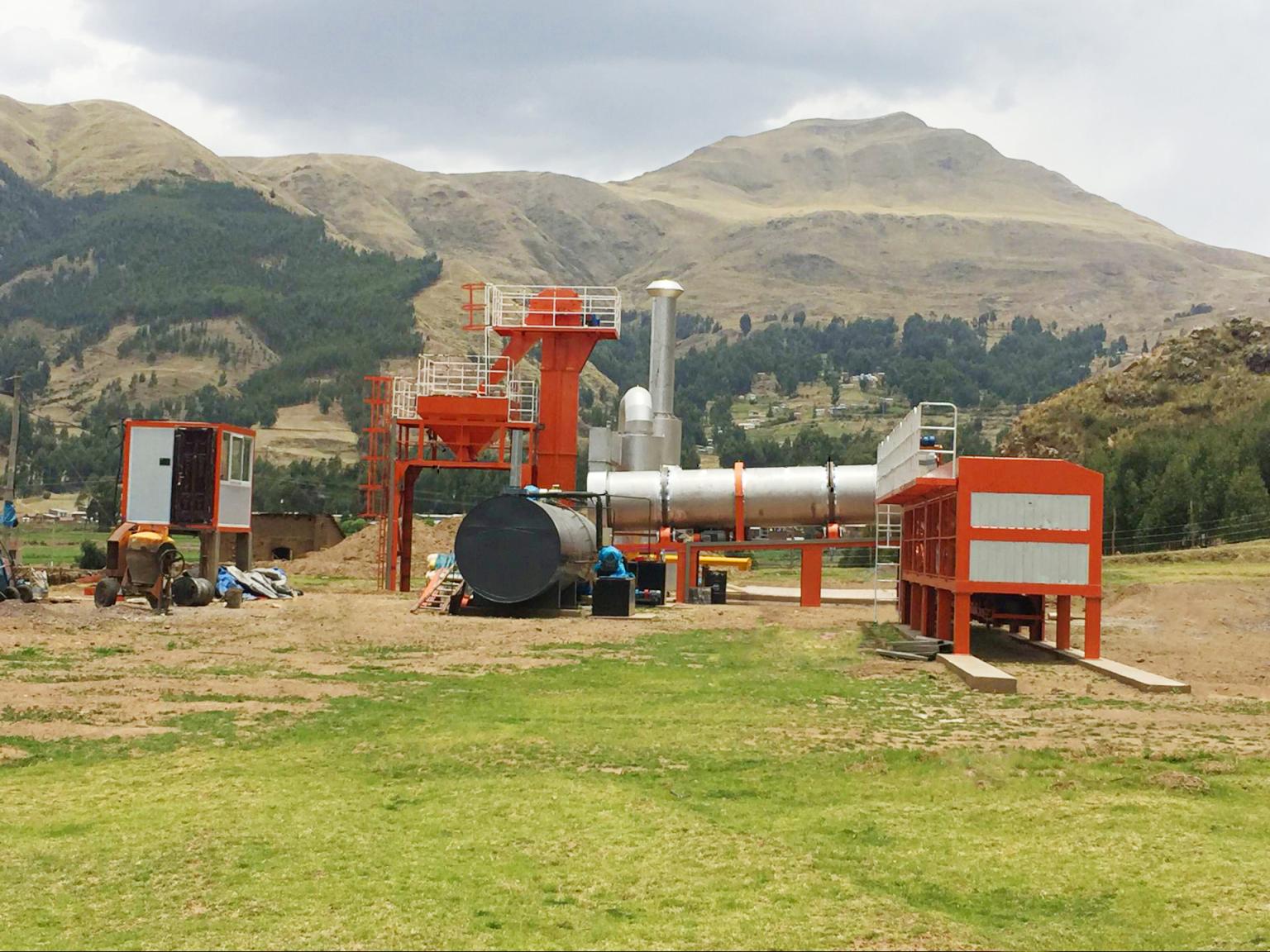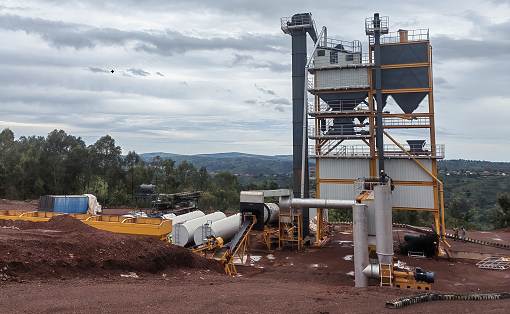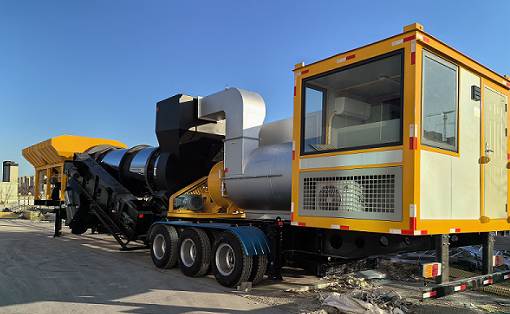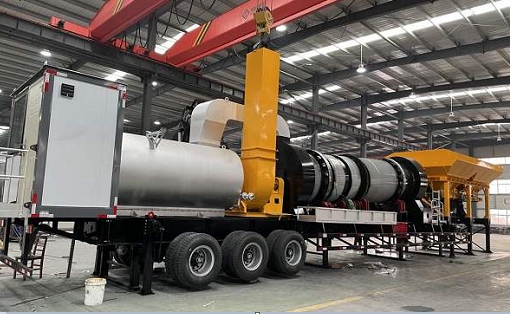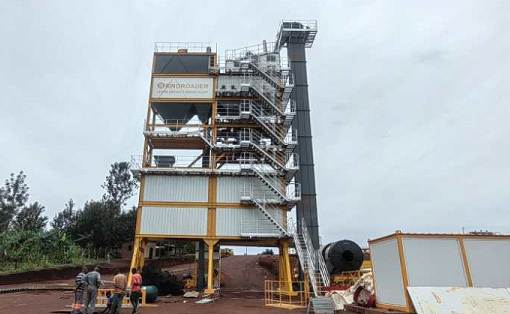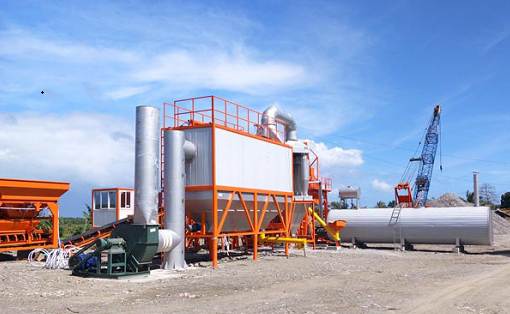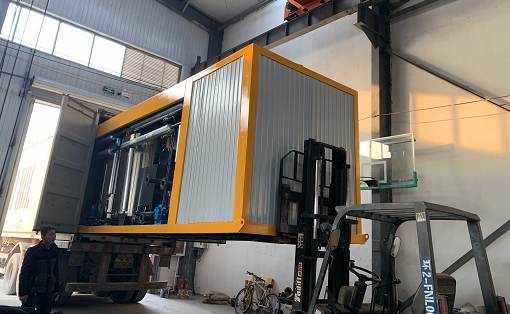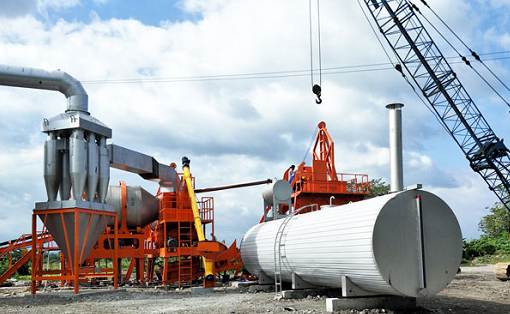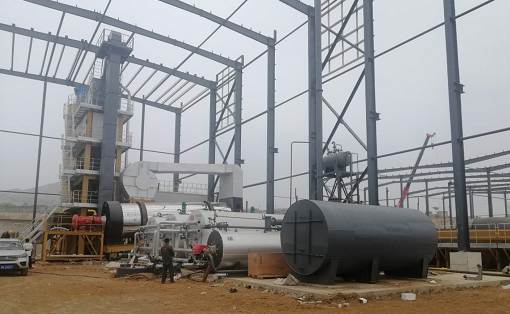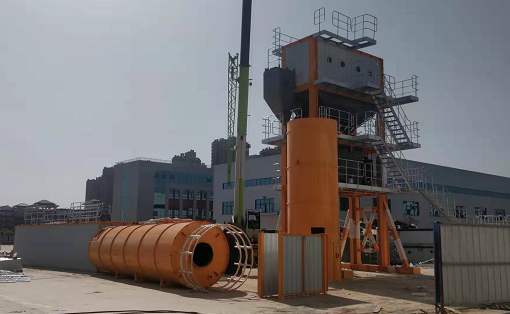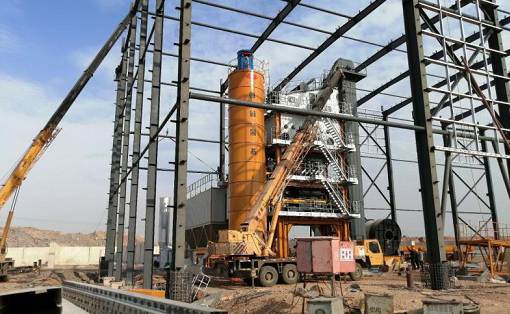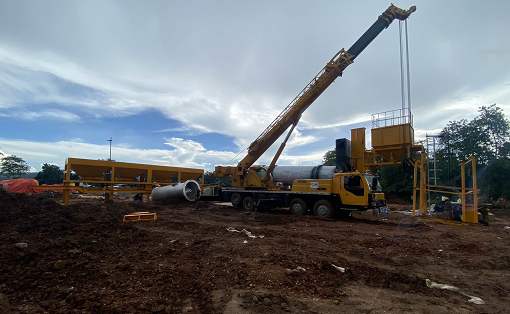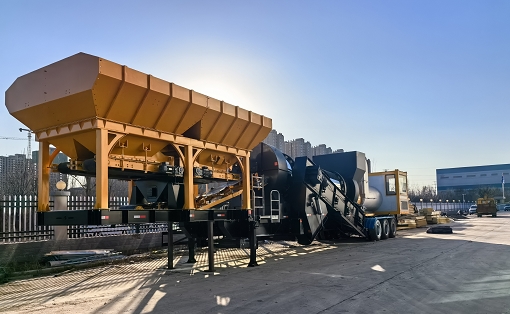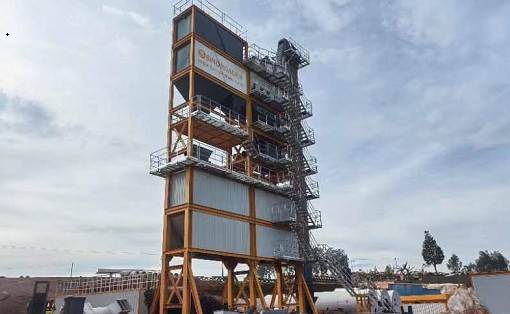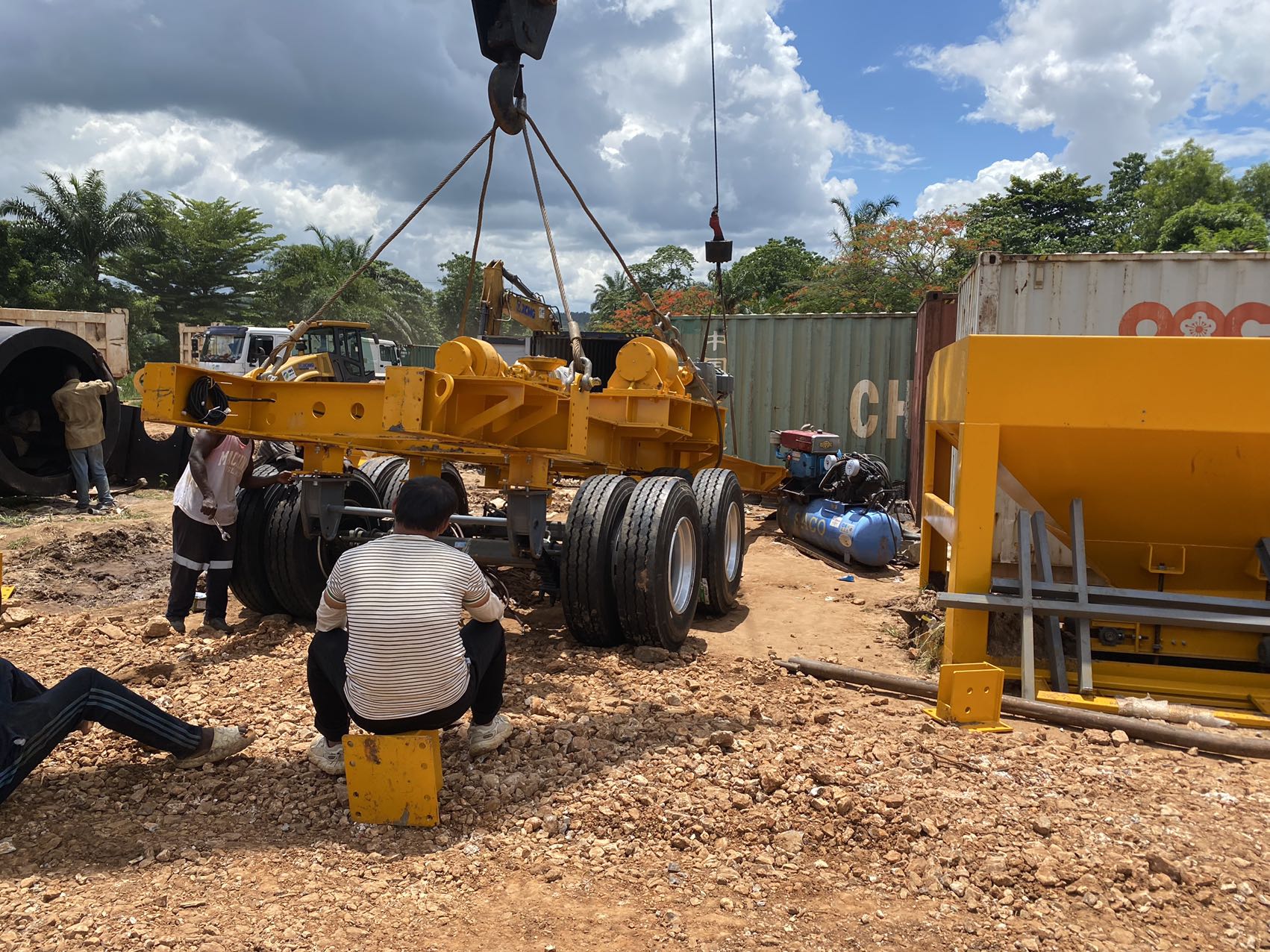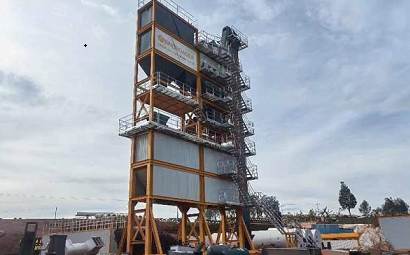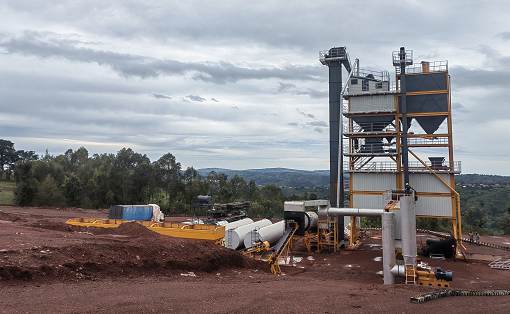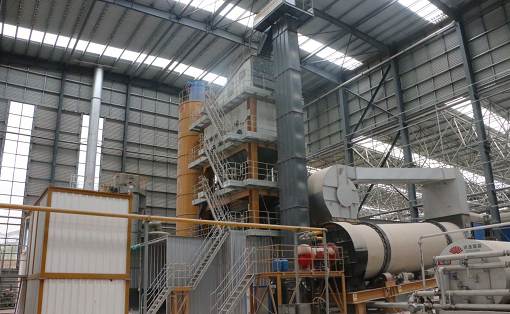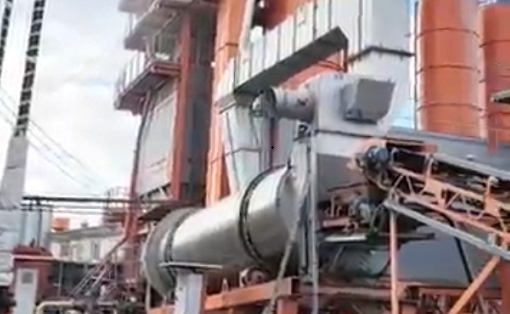Measures to save energy and reduce consumption in asphalt mixing plants
Asphalt mixing plant refers to a complete set of equipment used for batch production of asphalt concrete. Its main function is to produce asphalt mixture, colored asphalt mixture, etc., and has been widely used in road construction. However, during the production process of asphalt mixture, pollutants such as noise, dust, and asphalt smoke will be produced, seriously polluting the environment and threatening the health of workers. Therefore, under the current background of building a resource-saving and environment-friendly society in our country, it is very important to save energy and reduce consumption during the use of asphalt mixing plants. The following article mainly starts from the three factors that affect the asphalt mixing plant, and explores the energy saving and consumption reduction measures of the asphalt mixing plant, aiming to reduce the cost of asphalt production and improve the efficiency of the asphalt plant.
Asphalt mixing plant refers to a complete set of equipment used for batch production of asphalt concrete. Its main function is to produce asphalt mixture, colored asphalt mixture, etc., and has been widely used in road construction. However, during the production process of asphalt mixture, pollutants such as noise, dust, and asphalt smoke will be produced, seriously polluting the environment and threatening the health of workers. Therefore, under the current background of building a resource-saving and environment-friendly society in our country, it is very important to save energy and reduce consumption during the use of asphalt mixing plants. The following article mainly starts from the three factors that affect the asphalt mixing plant, and explores the energy saving and consumption reduction measures of the asphalt mixing plant, aiming to reduce the cost of asphalt production and improve the efficiency of the asphalt plant.
[1]Cold aggregate and combustion control
1.1 Moisture content and particle size of stone
Cold aggregate is the main raw material for mixing asphalt. Since wet and cold raw materials cannot meet the production requirements of the asphalt mixing plant, the drying system of the asphalt mixer plant needs to be used to dry and heat the stone. The degree of wetness and coldness of the raw materials is related to the working intensity of the drying system. The colder the wetness, the greater the workload, especially for some fine aggregates with strong water absorption. Through research, it was found that for every 1% increase in the wetness and coldness of stone materials in sewage treatment equipment, energy consumption will increase by 10%. This shows the importance of controlling the moisture content in stone. In the production process of asphalt mixture, corresponding measures need to be taken to control the humidity of the stone. For example, in order to facilitate drainage, the stone storage site is generally set at a certain slope, and the ground is concreted and the surrounding area must be spacious, which is conducive to the full evaporation of water. In addition, a rain shelter should be installed on the site to prevent moisture from penetrating the stone when it rains.
In addition to the high requirements on the humidity of the stone, the drying system also has certain requirements on the particle size of the stone and the regularity of the shape of the stone. During the operation of the cold aggregate drying system, for stones whose particle size qualification rate is less than 70%, it is necessary to increase the overflow work. The consequence of this is a waste of fuel. Therefore, the quality of cold aggregate must meet quality requirements. There are clear specifications for the particle size and humidity of cold aggregate, and the particle size must be controlled within 2.36mm. Classify stones of different particle sizes to reduce the workload of the drying system
1.2 Fuel selection
A large amount of heat energy will be consumed when heating and drying wet and cold mineral materials with high water content. Therefore, the drying system of the asphalt mixer plant must select fuel according to the actual situation. Usually gaseous fuel (such as natural gas) and solid fuel (coal), etc., these fuels often have poor combustion performance when used, and the heat cannot be effectively used. Therefore, the cold aggregate drying system should use liquid fuel, such as heavy oil, diesel, etc., during production. The so-called heavy oil is fuel oil, which is black in color. According to the classification criteria of international conventions, it can be classified into sustainable oils. Heavy oil is widely used because it has relatively low water content, few impurities, and is relatively viscous and non-volatile. The price of diesel is slightly higher than that of heavy oil, so from an economic and practical perspective, heavy oil is more selective. In addition, for the selection of fuel for asphalt mixing plants, the purity, moisture, combustion efficiency, viscosity and transportation of the fuel must be considered, and the fuel needs to be selected according to the actual situation. The fuel used in the past was heavy oil, which has a great adverse impact on the human body and the environment. Therefore, choosing new fuels at this stage, with the purpose of energy saving and consumption reduction, can not only reduce costs, but also improve environmental benefits.
1.3 Modify the combustion system
Optimize and reconstruct the existing fuel system, with the main directions being heavy oil supply pipelines and adding heavy oil tanks. The first is the fuel addition part, which is equipped with two pneumatic three-way valves. If it can be changed to automatically switch between heavy oil and diesel, it will effectively reduce energy consumption.
1.4 Burner maintenance
(1) Air-to-oil ratio maintains the feed ratio of air to fuel, that is, the air-to-oil ratio. The air-to-oil ratio has a great influence on the efficiency of the burner. It is necessary to choose an appropriate air-to-oil ratio to ensure the supply of heat while saving energy.
(2) Fuel atomization control The function of the fuel atomizer is to improve combustion efficiency and optimize the burner. Atomization measures are a very important part of combustion. The appropriate fuel type should be selected according to the specifications of the atomizer used to improve combustion efficiency.
(3) Maintain a good combustion flame shape. Under normal circumstances, the shape of the flame ejected by the burner should be as follows: the center of the flame ejected by the burner is in the center of the burner drying barrel, and the length of the flame formed should be in the drying area of ??the burner. About one-third of the cylinder length, the flame ejected should be evenly distributed and will not touch the dry cylinder wall of the burner. The normal flame ejected will not make abnormal noise or jump. . Relative to the position of the spray gun head, the flame baffle may have a certain impact on the length and diameter of the flame, which is generally 1.5mm. When the flame baffle approaches the burner nozzle, the length of the flame will increase and the diameter will shrink. As long as the distance between the nozzle and the flame baffle is slightly moved, the correct flame shape can be obtained.
(4) Do a good job in insulating the drying drum. Usually, the loss of heat energy on the surface of the drying drum of an asphalt mixing station ranges from 5% to 10%. In order to effectively reduce the heat energy loss of the drying drum wall and reduce fuel consumption, the generally adopted method is: Wrap a layer of insulation material on the outside of the drying drum of the asphalt mixing equipment.
[2] Insulation of asphalt tanks, finished product silos and pipelines
Insulation measures for equipment are very important as one of the methods to save energy and reduce consumption in asphalt mixing plants. For example, thermal aggregate warehouses, finished product storage warehouses, drying cylinders and heavy oil pipelines all need to be laid with insulation layers. A common method is to use a skin to attach a 5~10cm thick insulation cotton ring to equipment such as asphalt tanks, pipelines or valves to form an insulation layer and reduce heat loss. At the same time, it should be noted that due to the service life cycle of the insulation layer, it must be repaired in time when weathering, aging, etc. occur.
[3] Application of frequency conversion technology in motor drive systems
The motor drive used in asphalt mixing stations consumes a lot of electrical energy. A large part of the consumption is due to matching problems between the asphalt mixing equipment and other construction machinery and equipment. Therefore, scientific and reasonable arrangements for construction machinery are required. Ensure the optimal combination of mechanical equipment, reduce problems such as frequent shutdowns and idling, and maximize its productivity to improve work efficiency and reduce costs.
3.1 Use frequency conversion technology to control the finished material conveying system
The function of the winch-driven conveying system is to convey finished materials. During its operation, the motor is basically running at high voltage, causing an increase in current and inevitably a large power consumption. However, when parking, a large impact force will be generated due to the high speed, and this process will cause a waste of electrical energy. Therefore, frequency conversion numerical control technology is introduced into the winch-driven conveying system, and the entire operation process is converted into three modes: low frequency during startup, high frequency during transportation, and low frequency during braking, and the entire high-voltage operation mode is corrected, which can effectively reduce power consumption.
3.2 Use frequency conversion technology to control the induced draft fan motor
The purpose of the induced draft fan is to use external energy to increase the gas pressure and then discharge the gas. Its operation is also inseparable from electric energy, and the power consumption of its motor is the highest in asphalt mixing plants, reaching 20% ??of the total energy consumption. Like the delivery mode of finished materials, the working mode of the induced draft fan is relatively rigid and is always in a fixed working state. The demand for air volume at each stage of the gas discharge is different, so the gas is discharged in a general mode. , which will inevitably cause unnecessary energy loss. Therefore, frequency conversion CNC technology is introduced into the motor control of the induced draft fan, and high- and low-frequency conversion is carried out according to the actual requirements of the work, which can not only meet the work needs, but also reduce power consumption.
3.3 Use frequency conversion technology to control asphalt circulation pump
The asphalt cycle of the Marini MAC320 asphalt mixing plant is 45s/batch, which is a 15s mixing time, plus a 30s recharge cycle time. Although the asphalt circulation pump needs to work at full load during mixing, it is not required during the recharge cycle. However, now the circulation pump is always at full load when working, so the wear and tear of the equipment and the loss of electrical energy will inevitably increase. Therefore, variable frequency CNC technology can also be used in this system. High-frequency transmission is selected during mixing to meet the full-load working requirements of the motor, and low-frequency transportation is selected during refilling. This can not only meet the requirements of asphalt production work, but also reduce the cost as much as possible. Power usage and equipment wear and tear.
[4] Conclusion
To sum up, asphalt mixing plants cause excessive energy consumption during operation, which is inconsistent with the trend of social energy conservation, emission reduction and sustainable development. In order to save energy and reduce consumption in the asphalt mixer plant, the staff can effectively control the energy consumption of the asphalt mixing plant by using cold aggregate combustion control, insulation of the drying cylinder, and frequency conversion technology in motor drive. Control, realize the asphalt mixing system, carry out comprehensive energy saving and consumption reduction work, create good economic benefits and social benefits, thereby improving the competitiveness of the asphalt mixing plants.

